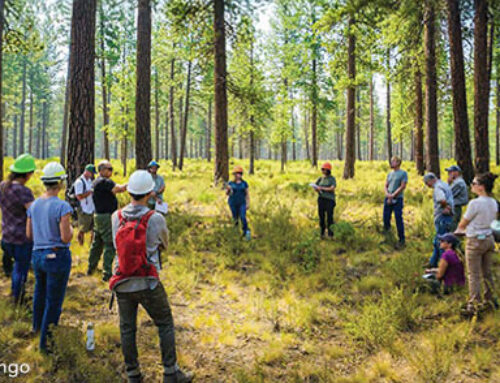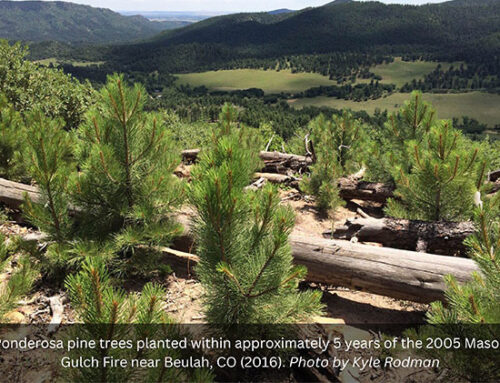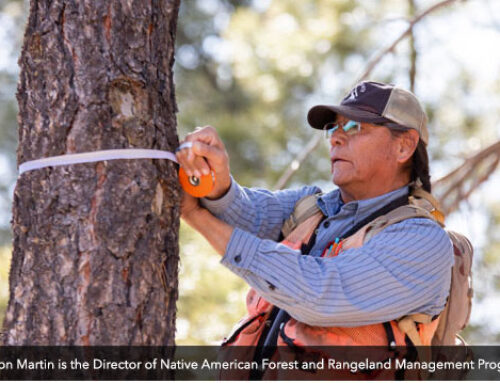Publication Corner: Multi-Decadal Aspen Study Shows Recruitment Bottleneck Across Complex Mountain Community
A new study led by ERI ecologists examined how aspen trees are responding to climate change and disturbances such as drought, wildfire, and browsing by animals. The study used over 20 years of long-term monitoring data from the San Francisco Peaks north of Flagstaff, Arizona.
Key findings include:
- Moisture availability, elevation, and exposure had significant implications for aspen resilience in a rapidly changing climate, when modeled against plot-based data.
- On wetter sites, aspen mortality was low and aspen regeneration had increased since the early 2000s.
- Although aspen regeneration was occurring, sprouting aspen—particularly on exposed southern aspects—were struggling to reach maturity, which raises concerns for the future of aspen ecosystems.
- Disturbances such as fire have the potential to influence aspen dynamics, though its role in enhancing aspen dominance may depend on the presence of suitable environmental conditions that can support regeneration and growth.
The future of aspen forests on Arizona’s San Francisco Peaks depends on recruiting young stems into mature trees for long-term resilience. The area’s wilderness designation presents challenges, with many management techniques restricted. Combined with pressures from climate change, drought, herbivory, and altered fire regimes, collaboration and adaptive strategies are essential. For example, after the 2010 Schultz Fire, the USDA Forest Service and Arizona Game and Fish Department collaborated to reduce browsing by promoting public elk hunting permits to support aspen recruitment. Continued adaptive management and monitoring, especially following recent fires like the 2022 Pipeline Fire, are crucial for promoting recovery and ensuring the long-term health of aspen ecosystems.




